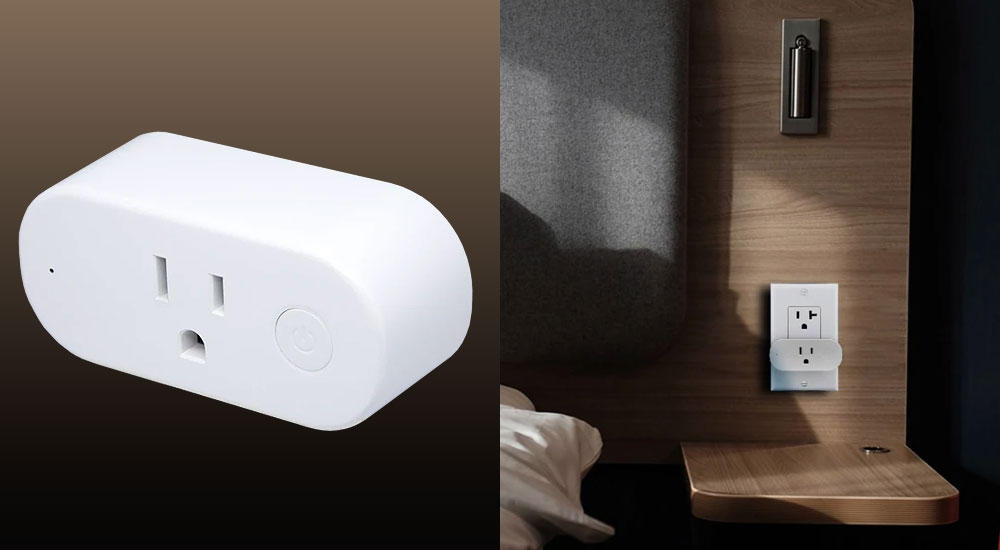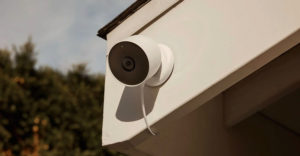Smart home gadgets do more than simply turn your lights on and off or play your favorite music when you wake up. They can also help you save energy by telling you how much power you’re consuming and how you’re consuming it. Smart home devices can give you the information you need to make wise choices to save energy and money.
Everyone is feeling the pinch of rising energy costs. According to one report, more than 75% of Americans are concerned about their ability to pay their utility or electric bills. Economists say consumers should expect their electric bills to continue to rise.
You need information to make intelligent choices about how to save energy in your home. Data is power. Here’s how to get started.
Smart Plug and Play
Start with a smart plug equipped with an energy meter. Pick an appliance, attach a smart plug, and start monitoring your power consumption. It’s as simple as that to begin taking control of how much you spend on energy.
For under $30, a smart plug can collect data about your energy consumption and allow you to control lighting, heating, or any other connected electrical appliance. For instance, you can plug in a standard space heater, and you’ll be able to switch it on and off from anywhere through an app on your phone, and the process is very user-friendly.

Shelly Plus Plug US
Smart plugs with energy meters provide real-time power consumption data and work with voice assistants, such as Amazon Echo. You’ll see easy-to-read bar graphs on the smart plug’s app showing how many watts an appliance uses at any given time.
You’ll want to download the data using a PC to keep records of your energy use. You can use an electricity bill calculator to get an idea of how much you’re spending on energy for each appliance.
What To Measure and Why
You’ll want to plan what to measure over a certain period of time. Smart devices collect data about your habits and give you the information you need to decide when you should set your timers to take advantage of non-peak times.
Cooling and heating are where homeowners see their most significant expenses. A water heater is a power-hungry device. In the average home, water heating is responsible for about 20% of the total energy use.
Attaching your water heater to a smart device, however, enables you to measure how much energy it’s using. It also allows you to turn off the water heater while you’re away on vacation. If you can calculate how much energy you use heating water, you will have the information you need to improve your efficiency and bring your bills down.
According to the U.S. Energy Information Administration, one of the largest single uses of electricity is cooling with fans and air conditioning. You can monitor how much energy you’re using to cool your home and identify when you’re using the most power. You’ll know when to adjust temperatures based on your habits and how long it takes to cool your home.
Based on the information you’ve gathered from your smart device, you can set a routine to adjust the temperature when you leave home so you aren’t wasting the A/C or heat all day. Everything can be set on a timer to turn back on before you return home so the temperature is nice and comfortable when you arrive.
Your refrigerator is another significant appliance you can monitor; that data over time can help you decide when and if it’s time to upgrade to a more energy-efficient model. You can monitor how much energy you use on your toys, such as gaming systems or an AV receiver (AVR) if you have a home theater. In terms of lighting, most bulbs sold now are LEDs, which use at least 75% less energy, and last 25% longer than incandescent bulbs.
You can compare energy use before you installed a smart device and after. For example, say you track the energy consumption on your water heater over three months with the smart device. Then make adjustments based on that information for three months. You’ll start to see if there is a return on investment or if you need to make further changes.
Knock Out Vampire Power
Vampire or standby power sucks energy even when your devices are not in use. It’s estimated that these energy vampires can account for up to 20% of your monthly energy bill.
Everything from your TV to your coffee maker uses an electric current, even when they’re not on if they are still plugged in. When your cell phone is not being charged, chances are you’ve left the charging cord plugged in, leaking energy. One or two devices or appliances might not seem like a lot, but with a whole house full of electronics, it adds up. A 2009 McKinsey & Company study found that Americans spend $130 billion annually on wasted energy.

Shelly smart relay products monitor energy efficiency and control the power consumption of devices and appliances.
To identify phantom appliances, take a power inventory using the information you gathered from your smart device. Once you know where the vampire energy is coming from, make adjustments.
A simple solution that can help cut back on vampire power is to use power strips, including smart power strips. Power strips can shut off power to various devices simultaneously — essentially, unplugging them when they’re not needed.
You can also program smart devices to send push notifications to alert you when your power consumption is above normal. If you’ve accidentally left something on when you’re away from home, a smart device can trigger a notification. A few changes can help reduce vampire power consumption.
Make a Detailed Power Plan
Knowing your energy consumption can lead to considerable savings on your power bill. Start with a smart plug with energy-monitoring capabilities to look at specific appliances and devices one at a time. But smart home automation is a journey, and there are affordable options when you’re ready to take energy monitoring to the next level.
Tracking your entire home with a whole-house power monitoring solution can start driving efficiency. Some devices run as low as $150, plus the cost to have the device professionally installed in your electrical panel. With one device, you can view your total power consumption throughout the house on a daily, weekly, or monthly basis.
An electrician integrated a smart device into his home. Within 20 minutes, he was able to gather data that showed him where standby power was being wasted and used real-time power consumption to identify 618 watts of energy used as he was leaving for work.
With that information, he discovered that a couple of fans and phantom appliances were left on. Turning those devices off resulted in a 40% drop in his away-from-home power consumption.
Tax Breaks for Energy Efficiency
Starting this year, homeowners can get new tax credits and rebates for making their homes more energy efficient. The Inflation Reduction Act offers 30% tax credits — up to $1,200 annually — and can also pay up to $150 for a home energy audit that can assess your home’s energy use.
You can start with a plug-and-play device that monitors your power, then dive a little deeper with more smart plugs or a whole-home monitoring solution. From there, you can make intelligent choices about when to use your appliances and how to cut down on phantom drains. Otherwise, you’re just guessing.
It’s not just about saving money; it’s about being a good steward of the planet. The energy-saving information you gather will empower you to make decisions to increase energy efficiency and reduce your carbon footprint. Data is power.















































